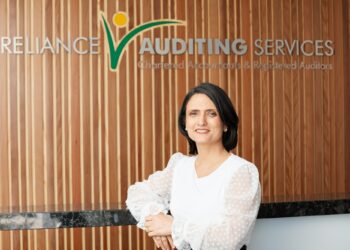In recent years, the number of SMSFs investing in residential property has increased dramatically.
One reason for this was the decline in the share market. Another was changes to the superannuation laws in 2007 that allowed SMSFs to borrow money and therefore made it easier to acquire residential property.
However, the superannuation regulations are very stringent and SMSFs can run into trouble if trustees aren’t careful. Following are some common pitfalls.
Intended use of the asset
All SMSF assets must pass the fund’s ‘sole purpose test’ – that is, providing retirement and death benefits to members.
Put simply, any residential property purchased by an SMSF cannot be used by members or related parties, even as a holiday home. However, members could purchase a property that they intend to use as their future retirement home, because they can purchase it from the SMSF when they retire.
Related party acquisitions
SMSF trustees are prohibited from acquiring an asset from a related party of the fund. This means that the SMSF cannot acquire residential property from a member or trustee, a family member, or their own business.
Financing the purchase
As mentioned, SMSFs can borrow to buy an investment asset; however, the rules around borrowing within an SMSF are very strict and can cause some significant issues if the loan is not set up correctly. It’s a good idea to get professional advice.
Taxation implications
There are numerous taxation implications to consider before holding residential property in an SMSF.
For instance, such an approach can provide generous tax savings compared to holding investment property personally where tax will be paid at the personal rate (especially for those on the highest marginal tax rate of 46.5 per cent). In comparison, the tax on rental income earned (prior to an SMSF going into pension phase) is 15 per cent. When the fund goes into pension phase, rental income will be tax exempt.
Prior to the pension phase, any capital gains tax payable on the sale of a property will be 15 per cent (10 per cent if the property has been held for at least one year). Once in pension phase, capital gains are no longer taxable.
Overall, the tax benefits of holding residential property in an SMSF are very much dependent upon personal circumstances. High income earners may be better off negatively gearing their property purchases in their own names to produce superior after-tax returns over the long term, as the shortfall between rent and deductible costs, including interest, will be deductible against the investor’s other income.
Asset protection
One potentially significant advantage of holding residential property through an SMSF is the additional protection of personal assets, as SMSF assets are generally protected from creditors in bankruptcy situations.
Diversification
Holding property in an SMSF alongside other asset classes can help a fund achieve valuable diversification. There are generally greater financial security outcomes and a reduced risk that comes from investing in a variety of assets.
Regulatory responsibilities
SMSF trustees have to meet specific regulations and breaching these regulations can result in serious penalties. It’s a good idea to get professional assistance in managing an SMSF, including compliance, record-keeping and administration, to ensure there are no problems with regulators.
Tracey de Pinho is a manager with accountants and business and financial advisers HLB Mann Judd Perth


